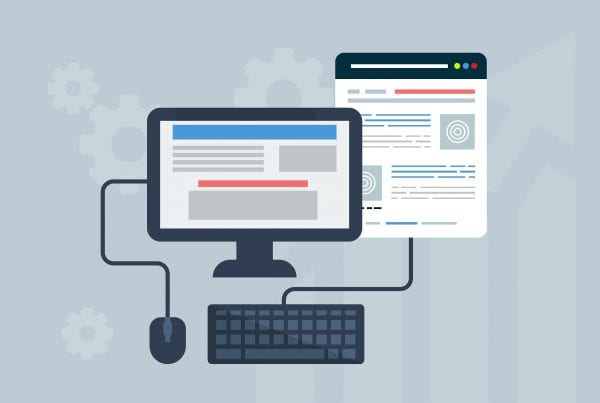
Marketing funnels are useful tools in making marketing investment decisions. Some companies spend thousands of dollars to develop marketing funnels because having the right marketing funnel developed can help them easily see where their marketing efforts are exhausted, if money is being spent inefficiently and which of their strategies are paying off.
The funnel can be split into 4 sections: visitor, interested, thinking, and sale. These 4 stages are achievable after someone initially lands on the website. By defining where each of the steps are defined on the website, the business can set up an analytics program, such as Google Analytics, to measure performance on each stage by placing a snippet of code on the page where each stage is reached.
Steps to Create an Online Marketing Funnel
Develop a list of sources for website’s visitors. Investigate how the website receives potential customers, such as by e-mail campaigns, organic search traffic, paid search traffic, and specific social networking sites. This is the top section of the funnel titled “Visitor.” Define what constitutes as a visitor gaining interest in your products or services. This could be someone clicking for more information on a product or service, or requesting more information. This is the “Interested” stage of the funnel, where the business has managed to intrigue the customer. Designate a step a customer must take before purchasing the product, such as adding it to their shopping cart. At this step the person wants to purchase the product, but is hesitating before beginning the checking out process. This is the “Thinking” stage of the funnel. Designate the step at which the visitor officially becomes a customer, such as by reaching the “Thank You” page after making the sale. This stage of the funnel is called the “sale,” since the customer just made a purchase. Using an Online Marketing Funnel
By monitoring your website’s visitors through each stage, a business can narrow down problem areas in its marketing strategies or find website design flaws. Create strategies to overcome each problem area and carefully monitor progress. Use a website analytics tool, such as Google Analytics, in order to keep track of your website’s performance on each stage of the funnel.



